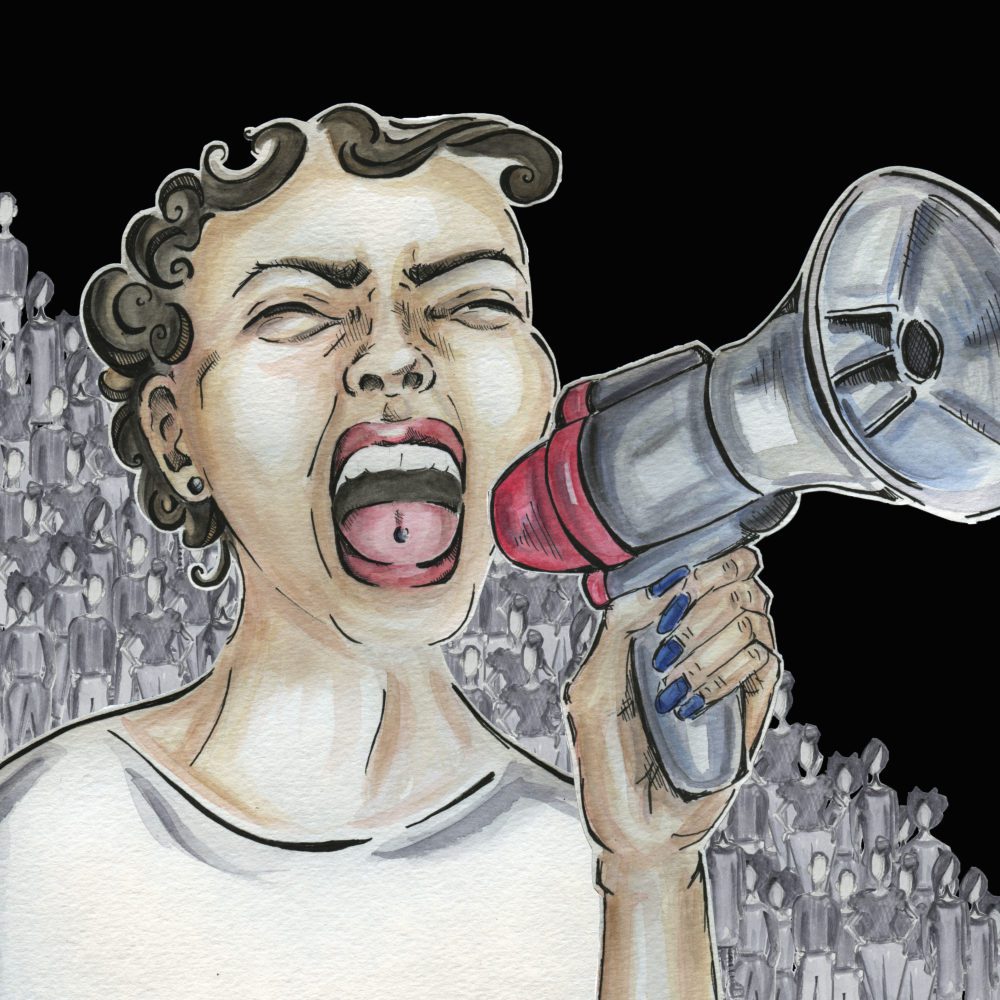A few weeks ago, a slim catalog from JCPenney arrived in our mailbox. It floated around the house for a few days. On its cover are printed these words:
littleredbook
fall trends 2010
I hadn’t noticed this until just the other day. Should I have? The Little Red Book, as its known in the United States, a collection of quotes from Mao Zedong, was an instrumental mechanism of the Cultural Revolution which, by some estimates, cost upwards of 3 million lives.
I mentioned the use of The Little Red Book as a clothing marketing campaign to my friend, and he said, maybe JCPenney didn’t realize what it referred to. This is possible, but I doubt it. But if JCPenney did know, does it matter? Maybe there’s some secret calculus that determines when historical tragedies are okay to use to sell products. Number of people killed ÷ years since tragedy occurred x number of miles away from the homeland. I can imagine a Saturday Night Live sketch where a bunch of marketers pitch their ad campaign to JCPenney. It begins with a powerpoint presentation showing Chinese wearing dunce caps, being beaten, publicly tortured, cannibalized, interspersed with statistics about all the intellectuals and teachers who were tortured and murdered, and all the art that was destroyed, and this interspersed with the smiling face of Mao Zedong. The lights come up, and everyone in the room is sort of sick to their stomachs and then, ta-da!, The Little Red Book slogan and design is unveiled. Funny!
Does it matter? Rather than try to convince you it does, here are 8 items for consideration.
1. “Our purpose is to ensure that literature and art fit well into the whole revolutionary machine as a component part, that they operate as powerful weapon for uniting and educating the people and for attacking and destroying the enemy, and that they help the people fight the enemy with one heart and one mind.”
–From The Little Red Book, chapter 32, Culture and Art
2. The JCPenney catalog from my home:

3. “Communist party leadership was in the forefront of this campaign of brutality through the ‘model demonstrations of killings.’ They wanted to show to the masses how to apply maximum cruelty to the prospective victims. This became a widespread forced massacres, which culminated in ‘obligatory cannibalism.’ This process began with the accusation and denunciation of the selected ‘class enemies,’ continued with their bludgeoning and dismembering, and ended with their partial consumption. After having been bludgeoned to death, some of their organs—their hearts, livers, and occasionally their genitals—were cut out, sometimes even before the victims died. Then these body parts were cooked and eaten by the assembled dignitaries in what were labeled ‘human flesh banquets.’”
–From “Cannibalism in Stalin’s Russia and Mao’s China,” available here.
4. An example of “jet plane” torture:

5. “A Tale of Red Guards and Cannibals,” by Nicholas D. Kristof, from The New York Times.
6. There were several methods of public torture during the Cultural Revolution. Here is number six: “Whipping with copper-buckled leather belts. The typical outfit of Red Guards was a yellow military uniform with a leather belt, plus a red armband. The belts were also used to whip people. The copper buckle could cause serious damage. It was said that using the belt required special skill. Several interviewees mentioned the fact that some Red Guards talked about and exchanged their experiences on how to use the belt, including the direction and angle of the whipping.”
–From “Student Attacks Against Teachers: The Revolution of 1966,” by Youquin Wang, available here.
7. “Behind the Scenes of a Trend,” a short video by JCPenney, here:
8. JCPenney and the little red book:





